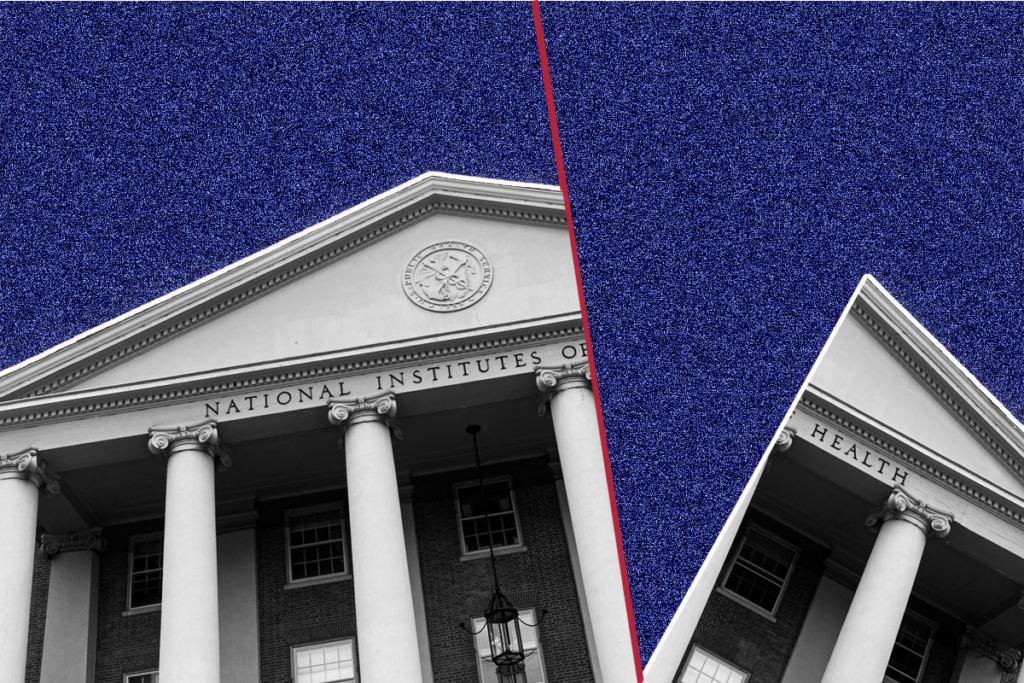Video: Why make neurons from children with autism?
Ricardo Dolmetsch is making neurons from induced pluripotent stem cells derived from people with Timothy syndrome, a rare single-gene disorder that causes heart arrhythmias and autism. On Wednesday morning at the Society for Neuroscience annual meeting in San Diego, Dolmetsch talked to SFARI about how this approach could help autism research.
It sounds like science fiction: turning skin cells into brain cells in the lab. But in the past four years, stem cell researchers have figured out the ingredients of the chemical soup needed to reprogram skin cells into stem cells, which can, in turn, be differentiated into a host of different cell types.
Ricardo Dolmetsch, assistant professor of neurobiology at Stanford University, is one of the pioneers in this field. He is trying to create neurons using induced pluripotent stem cells from people with Timothy syndrome, a rare single-gene disorder that causes heart arrhythmias, intellectual impairment and social and communicative problems typically seen in autism.
On Wednesday morning at the Society for Neuroscience annual meeting in San Diego, Dolmetsch talked to SFARI about why this approach should be applied to autism research. “Because autism is a human disease, I think it’s important to study it in the context of human neuronal development,” he said.
For more reports from the 2010 Society for Neuroscience annual meeting, please click here.
Recommended reading
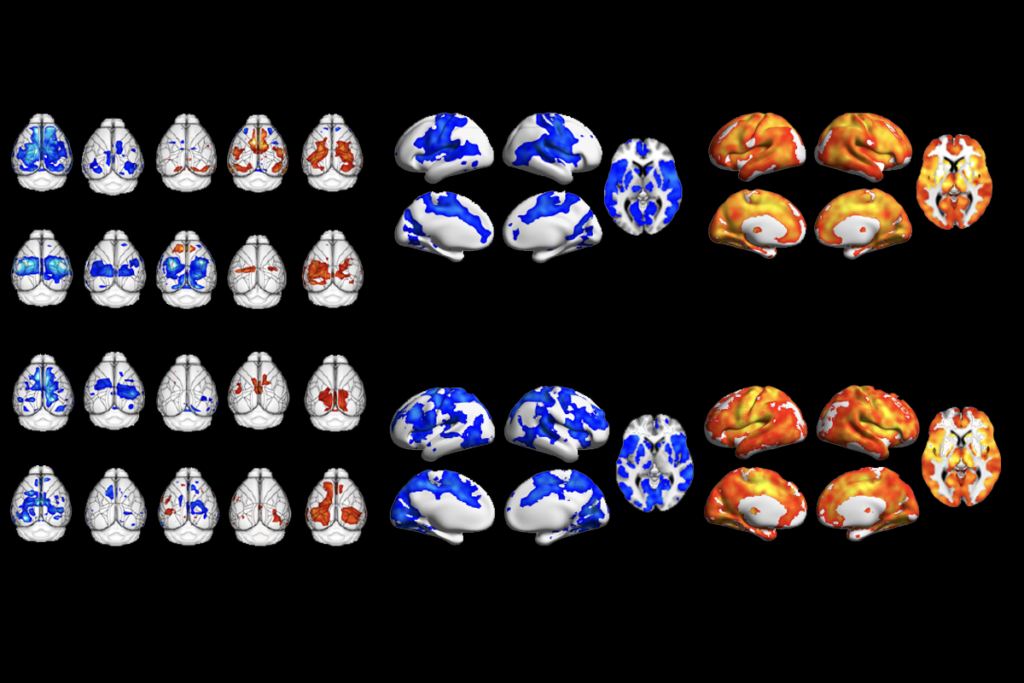
Too much or too little brain synchrony may underlie autism subtypes
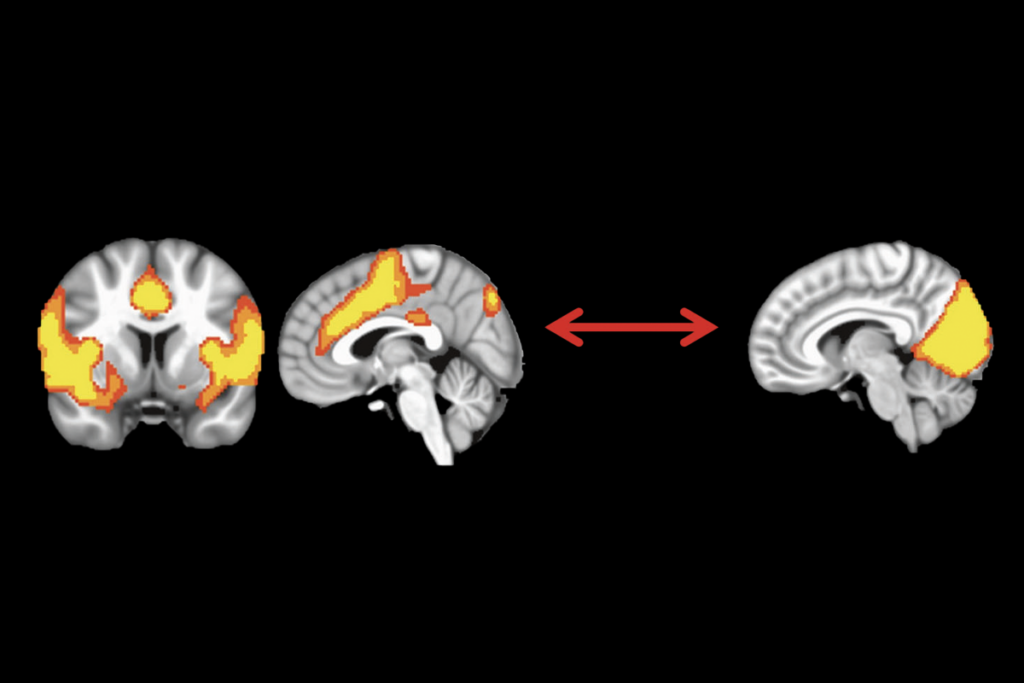
Developmental delay patterns differ with diagnosis; and more

Split gene therapy delivers promise in mice modeling Dravet syndrome
Explore more from The Transmitter
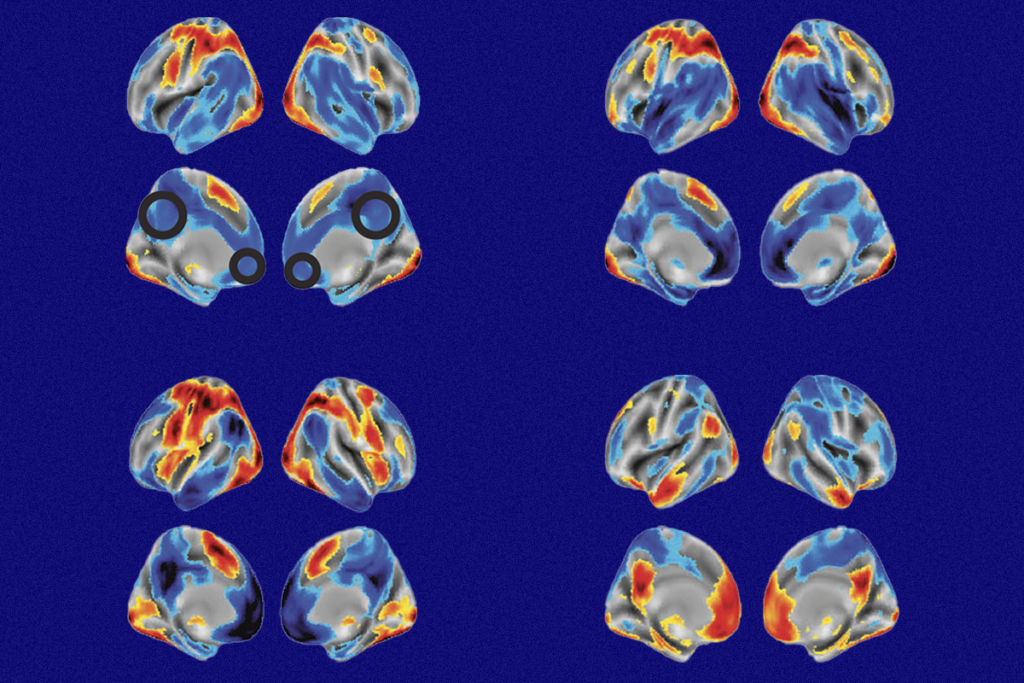
During decision-making, brain shows multiple distinct subtypes of activity
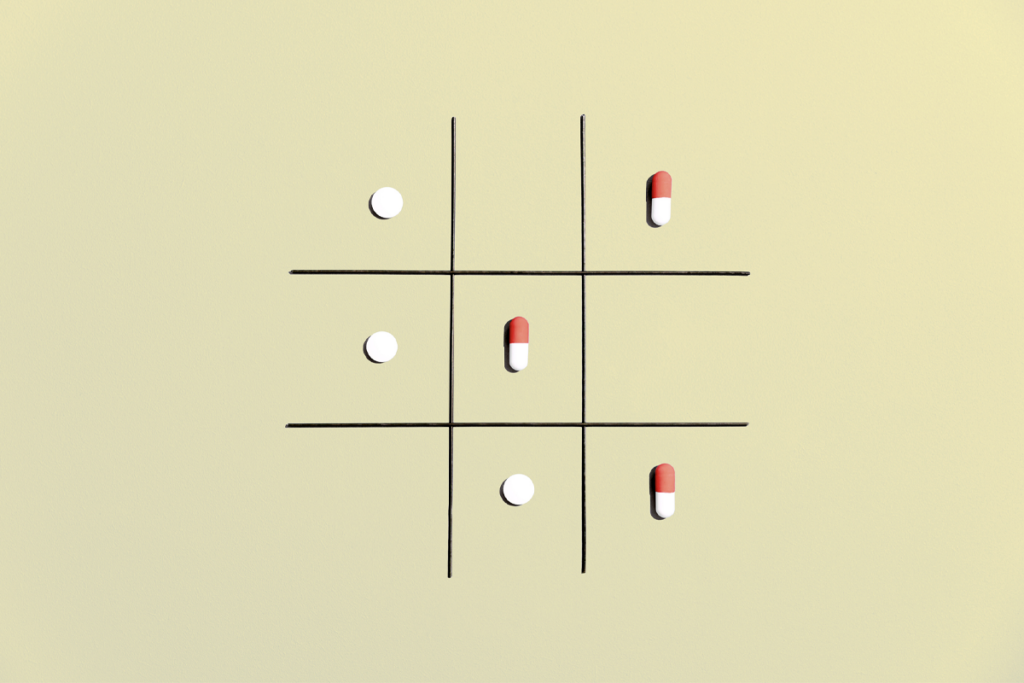
Basic pain research ‘is not working’: Q&A with Steven Prescott and Stéphanie Ratté
